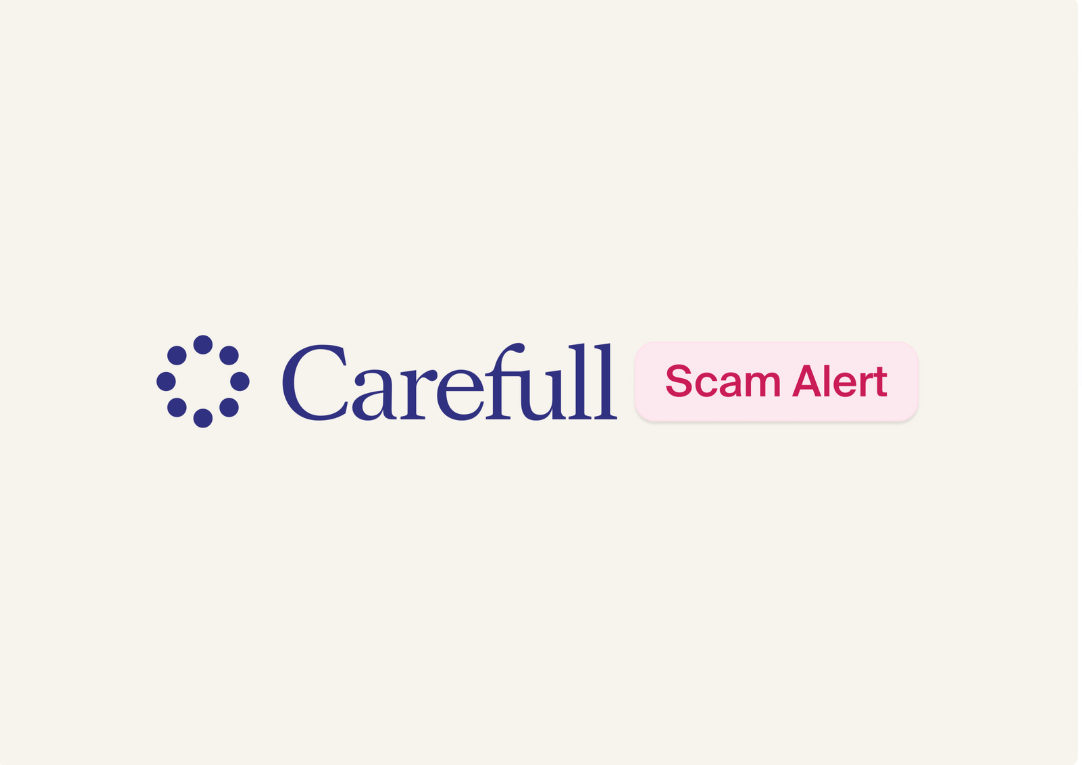Are You Using These Common Passwords?

NordPass recently released its sixth annual list of the 200 most commonly used passwords. The majority can be cracked in less than one second. That means that if you’re using any of those passwords, hackers can easily access your online accounts.
If you’re like many people and use the same password for multiple accounts, bad actors can quickly do a lot of damage—such as raiding your bank account or racking up debt in your name.
That’s why it’s important to use strong, unique passwords for each of your online accounts. Make sure you avoid using these common passwords. Then learn how to keep your accounts safe.
[ See: How to Protect Your Identity Online ]
The top 25 most common passwords
NordPass analyzed a database of passwords stolen by malware or exposed in data leaks to identify the 200 most commonly used passwords. The most popular password, “123456,” is topping the chart for the fifth time in six years.
If you’re using that password or any of these 24 other passwords, hackers can figure it out and break into your account within one second. Think of it like leaving the key to your house under the front door mat: You’re making it easy for thieves to gain access.
- 123456
- 123456789
- 122345678
- password
- qwerty123
- qwerty1
- 111111
- 12345
- secret
- 123123
- 1234567890
- 1234567
- 000000
- qwerty
- abc123
- password1
- iloveyou
- 11111111
- dragon
- monkey
- 123123123
- 123321
- qwertyuiop
- 00000000
- Password
- 654321
Other common passwords that can be cracked in less than one second include football, baseball, soccer, princess, computer and testing. See the full list.
How to create strong passwords
Hackers use software to quickly run through password combinations when launching attacks. Because the commonly used passwords listed above use simple combinations of numbers and letters, it’s easy to crack them.
To secure your accounts from hackers, take these steps.
- Passwords should be at least 12 characters long (ideally 20) with a combination of upper- and lowercase letters, numbers and special characters.
- Don’t use your name, family members’ names, pets’ names, birthdate or any other personal information. Instead, consider a mix of disassociated words, such as tacolakeparachute. Then, swap out some of the letters with numbers and symbols: T@c0lak3P^ra(hu+e.
- Use a different password for every account so thieves can’t access all of your accounts if one of your passwords is leaked.
- Consider using a password manager to generate strong passwords and securely store them, such as the one that is included with the Carefull financial safety service. Carefull includes account, credit and identity monitoring plus $1 million in identity theft insurance.
- Opt for multi-factor authentication for all accounts that offer it. This will require you to enter more information in addition to your username and password, such as a code sent to you by text message.
- Consider using passkeys for sites that allow for this technology, which allows you to log in without a password. To use a passkey, you’ll need a phone, and you’ll be prompted to sign into your phone with your fingerprint, face scan or PIN to access your account.
Try Carefull for free for 30 days to protect your finances, credit and identity from fraud, scams and money mistakes.

3 Steps to Safer Money,
Try it Free for 30 Days
Step 1
Start your free,
no-risk trial
Step 2
Connect the accounts and cards you want protected
Step 3
Stay alerted to any
unusual activity



.png)



